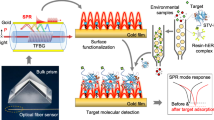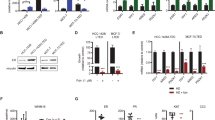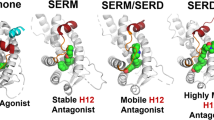Abstract
Lamprey, a basal vertebrate, contains orthologs of the estrogen receptor (ER), progesterone receptor and corticoid receptor. A perplexing property of lamprey is that 15[alpha]-hydroxy-steroids are active steroids. For example, 15[alpha]-hydroxy-estradiol [15[alpha]-OH-E2] is the estrogen, instead of estradiol (E2). To investigate how 15[alpha]-OH-E2 binds lamprey ER, we constructed a 3D model of the lamprey ER with E2 and 15[alpha]-OH-E2. Our 3D model shows that S[delta] on Met-409 can form a hydrogen bond with the 15[alpha]-hydroxyl on 15[alpha]-OH-E2. In human ER[alpha], the corresponding residue Ile-424 has a van der Waals contact with 15[alpha]-OH-E2. BLAST analysis of GenBank indicates that among vertebrate ERs, only lamprey ER contains a methionine at this position. Thus, the contact between S[delta] on Met-409 and 15[alpha]-OH-E2 is unique. Our 3D model of lamprey ER should prove useful in virtual screening of chemical libraries to identify compounds for controlling reproduction in sea lamprey, an environmental pest in the Great Lakes in the USA.
Similar content being viewed by others
Article PDF
Author information
Authors and Affiliations
Rights and permissions
About this article
Cite this article
Baker, M., Chang, D. & Chandsawangbhuwana, C. 3D model of lamprey estrogen receptor with estradiol and 15[alpha]-hydroxy-estradiol. Nat Prec (2009). https://doi.org/10.1038/npre.2009.2768.1
Received:
Accepted:
Published:
DOI: https://doi.org/10.1038/npre.2009.2768.1



